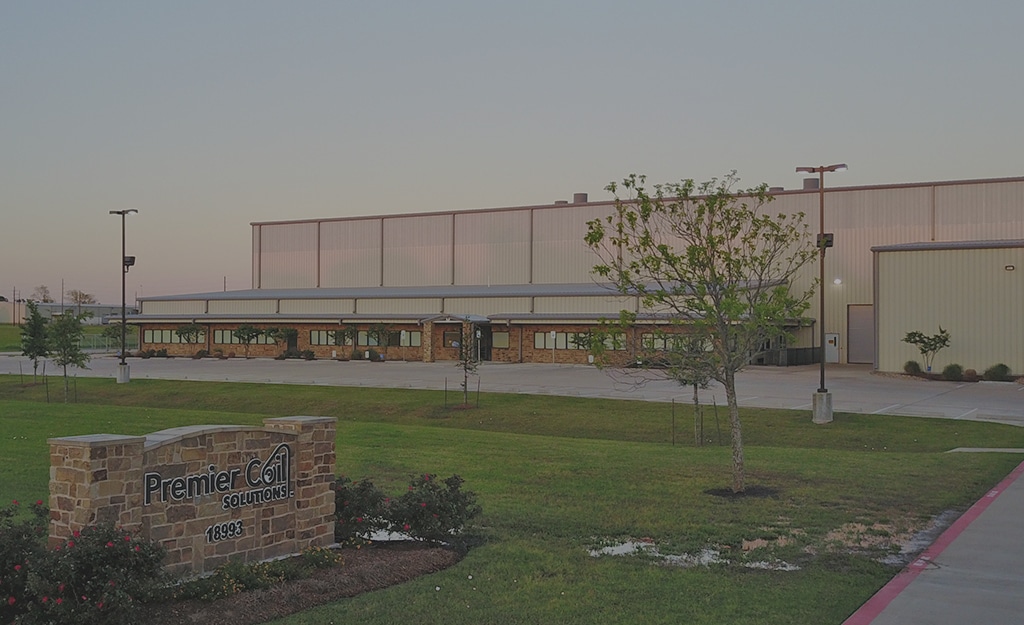When it comes to constructing modern buildings, developers and architects are always on the lookout for innovative and efficient construction methods. One such method that has gained popularity in recent years is tilt-up construction. Tilt-up construction involves pouring concrete walls on the ground, tilting them into place, and then securing them to create a building's walls. This technique offers numerous benefits that make it an attractive option for a wide range of building projects. In this article, we will explore the benefits of tilt-up construction for modern buildings.
Cost-Effectiveness
1. Reduced Labor Costs
- Tilt-up construction requires fewer skilled laborers compared to traditional construction methods, thereby reducing labor costs.
2. Faster Construction Time
- Since the walls are cast on the ground and then tilted into place, tilt-up construction enables faster construction times compared to traditional methods.
3. Lower Material Costs
- Tilt-up construction typically uses less material waste, leading to lower material costs for the project.
Design Flexibility
1. Versatility in Finishes
- Tilt-up construction allows for a variety of finishes to be applied to the concrete walls, providing designers with more flexibility in achieving the desired aesthetic.
2. Customization Options
- Developers can easily customize the size and shape of tilt-up panels to meet the specific design requirements of a project.
3. Architectural Freedom
- The technique of tilt-up construction offers architects the freedom to create unique and innovative building designs that may not be possible with traditional construction methods.
Strength and Durability
1. Resilience to Natural Disasters
- Tilt-up construction provides buildings with a high level of strength and durability, making them more resilient to natural disasters such as hurricanes and earthquakes.
2. Longevity
- Buildings constructed using tilt-up construction are known for their longevity, requiring minimal maintenance over time.
3. Fire Resistance
- Concrete walls produced through tilt-up construction offer excellent fire resistance, providing added safety for building occupants.
Sustainability
1. Energy Efficiency
- Tilt-up construction allows for the incorporation of energy-efficient features such as insulation and thermal mass, reducing the building's overall energy consumption.
2. Recyclability
- Concrete used in tilt-up construction is highly recyclable, making it an environmentally friendly building material.
3. Reduced Waste
- By producing the concrete walls on-site, tilt-up construction reduces the amount of waste generated during the building process.
Conclusion
Tilt-up construction is a versatile and cost-effective method that offers numerous benefits for modern building projects. From cost savings and design flexibility to strength and sustainability, tilt-up construction provides a compelling option for developers and architects looking to create innovative and durable buildings. By considering the benefits outlined in this article, stakeholders in the construction industry can make informed decisions about incorporating tilt-up construction into their future projects.
